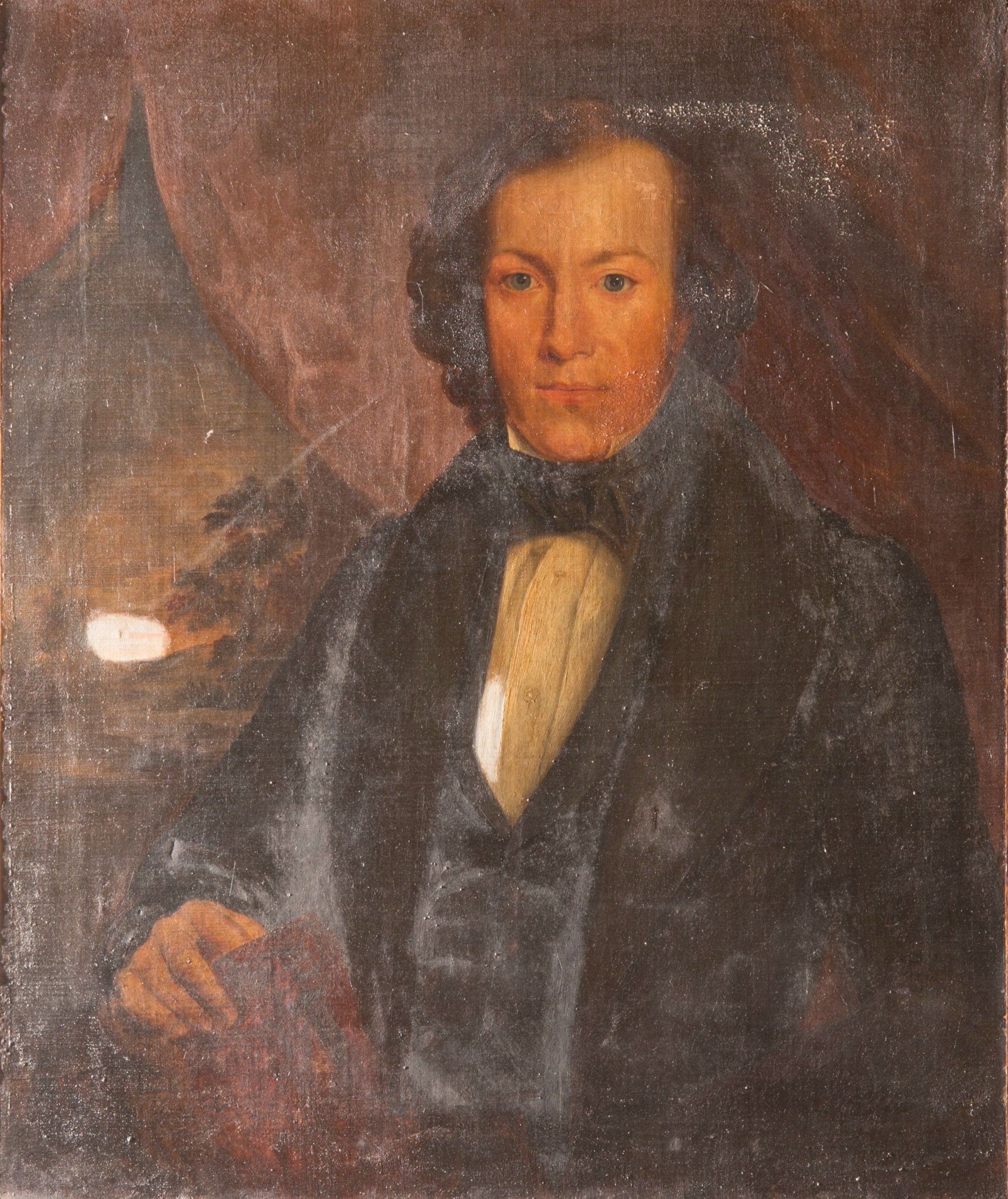
Photography
All conservation work is fully documented with high resolution images before, during, and after treatment. Documentation creates a photographic record for our client’s reference, allowing them to visually see all aspects of our work.
-

Before Treatment with Cleaning Test
-

During Treatment - Half Cleaned
-

After Treatment
-

Ultra Violet Light Photography
Conservators use ultraviolet (black) lighting to help identify different types of varnish coatings by the color of their fluorescence. Ultraviolet radiation is the blue end of the visible spectrum, and therefore we can only see colors that the UV light fluoresces making them visible to the naked eye. Most restoration/conservation paint applications fluoresce a deep mat purple color, which can be used to identify areas of covered up damage (paint loss, abrasion, tears, fills). If there is a question of whether the repainting/inpainting/overpaint was artist vs. restorer/conservator applied at a later date, then we can implement further analytical, microscopic testing (cross-sections, pigment identification, media identification, etc.) to help us make those decisions. Fluorescence of artist paint colors can also be used in authentication situations where the fluorescence of a known painting by a particular artist, is compared to that of a piece we are examining.
-

Infrared Photography
When artwork is subjected to intense levels of warm light, like the sun, infrared radiation bombards a painting’s surface as well. This is radiation or light that we can’t see past the red end of the visible spectrum. Radiation penetrates through the top layers of paint, and is particularly receptive to identifying levels containing carbon atoms. This is particularly helpful because it frequently reveals artist’s black paint, black charcoal, or pencil under-drawings/sketches/notations. Discovering a preliminary sketch under the paint layer by the artist can be extremely important for comparison to other known drawings, and therefore authentication. What we capture on film is the color of the reflected light, which is created as a result of radiating the surface (not generally harmful), within the visible range.
-
X-Radiography
This type of specialized photographic imaging can only be taken in a facility (such as a hospital) that has X-ray equipment. Just like seeing your organs or bones in a normal X-ray, you can see hidden information within the surface of the artwork you are radiating. This process is infrequently used, but in some instances, is extremely valuable for authentication, seeing artist changes, or revealing information that is no longer visible to the naked eye. Fees for this service would have to be negotiated with the institution or facility with the X-ray equipment.


